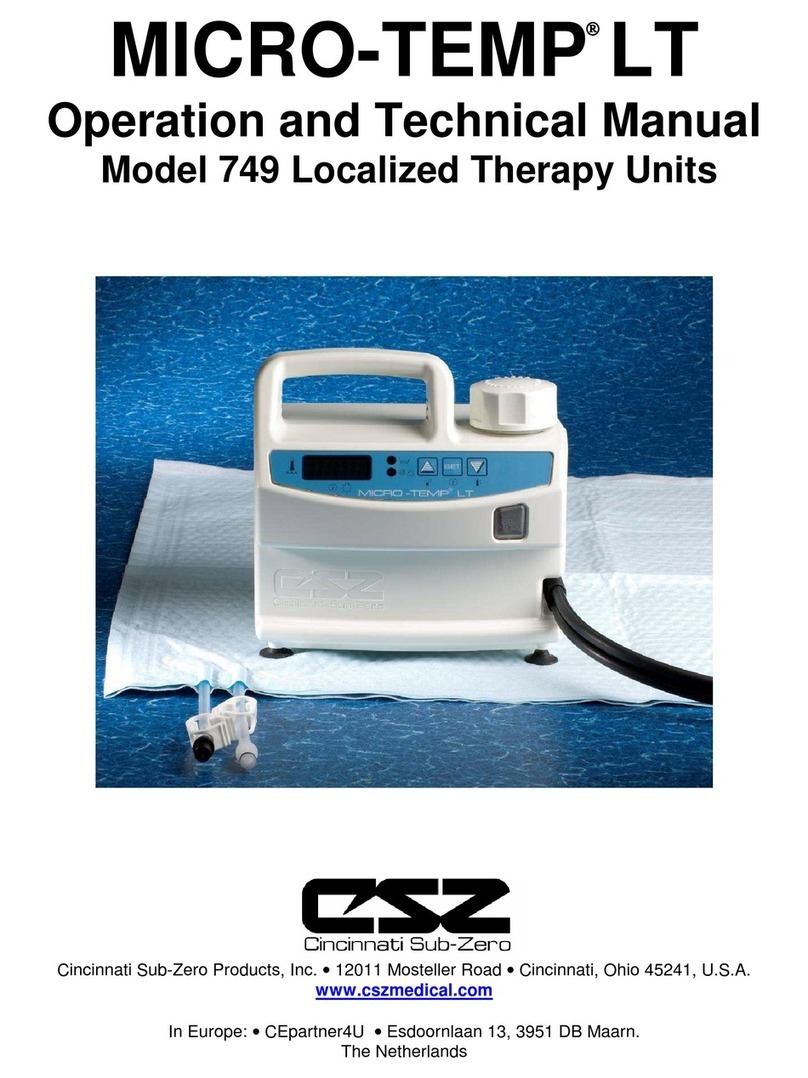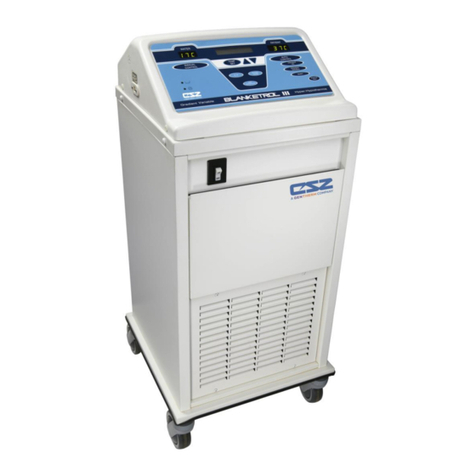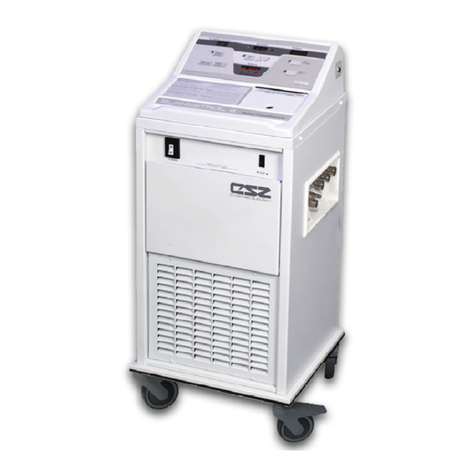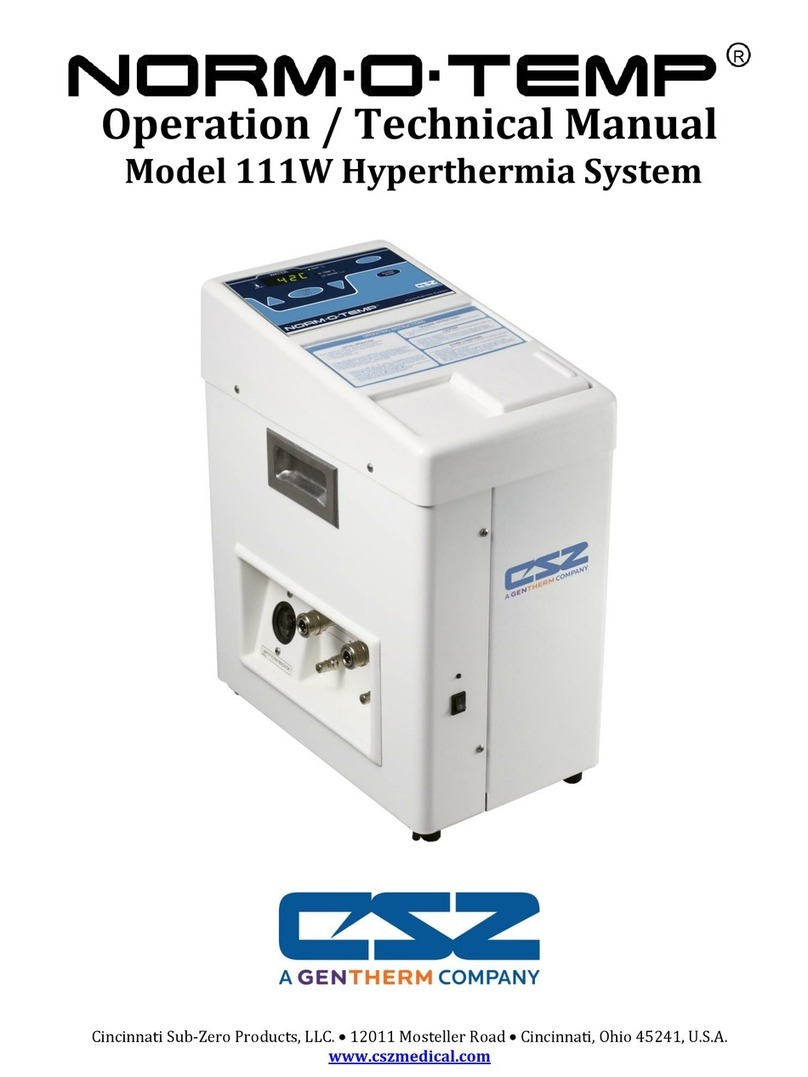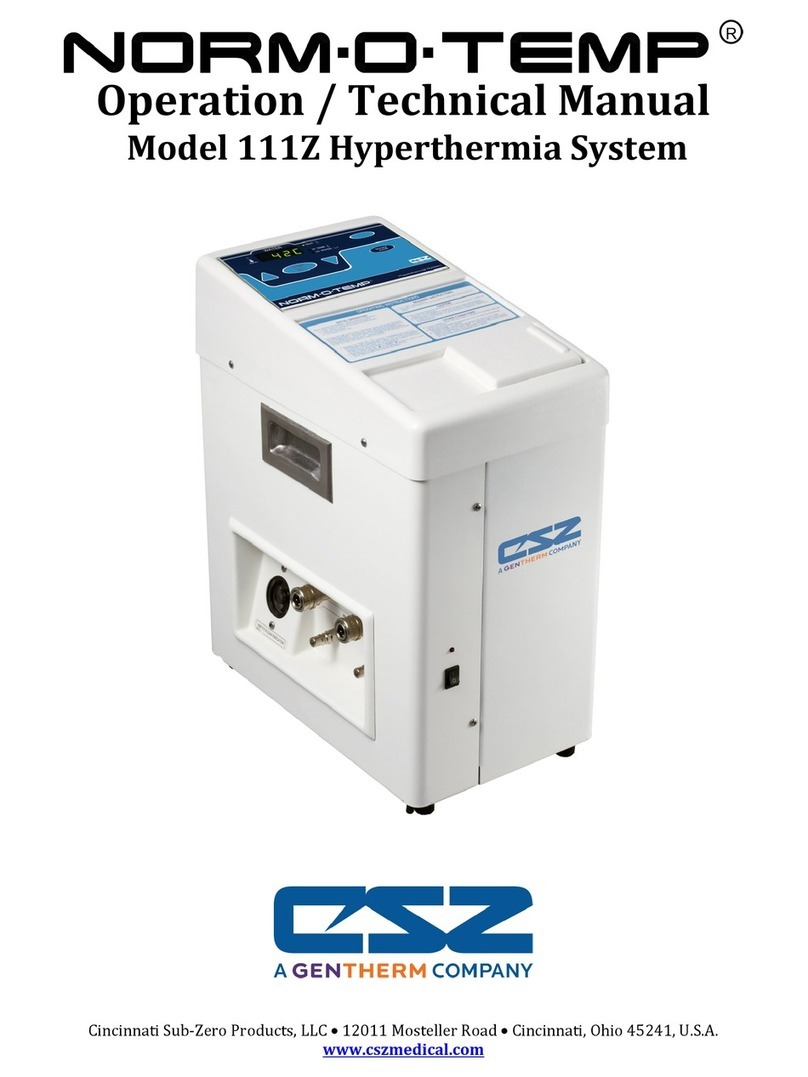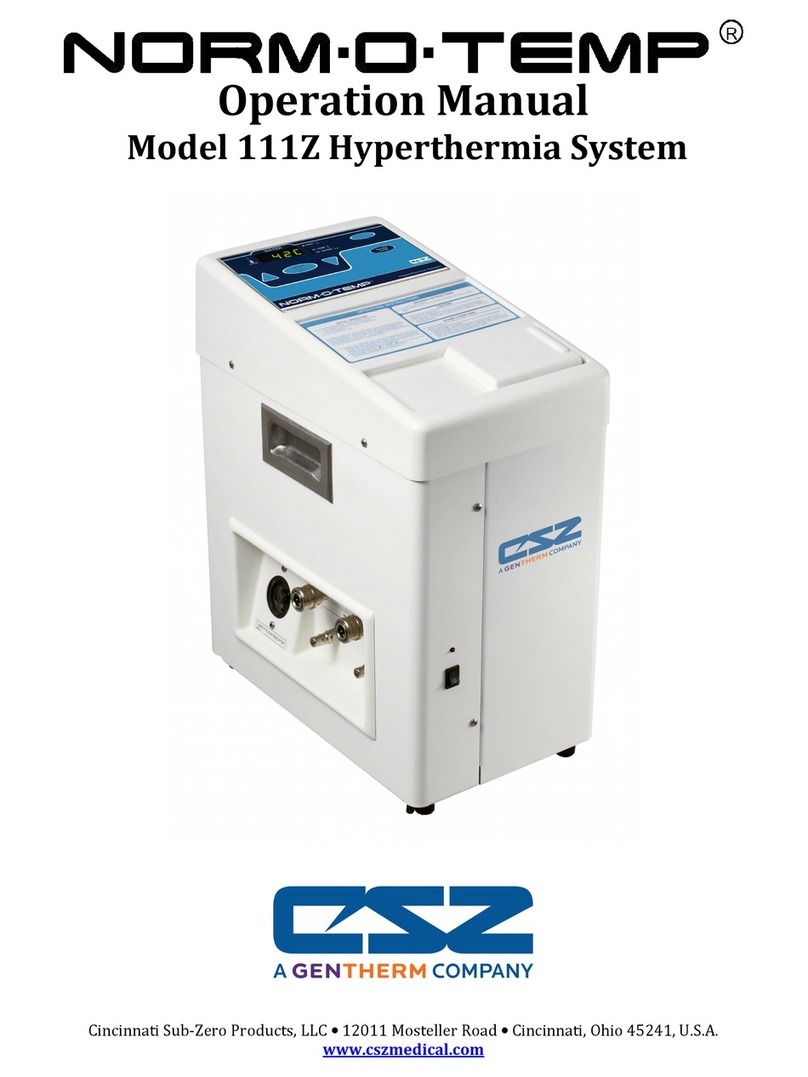
OPERATION AND TECHNICAL MANUAL MICRO-TEMP®LT, Model 749
Page 7 of 75
Table of Contents
TABLE OF CONTENTS ..................................................................................................................................7
BEFORE YOU CALL FOR SERVICE ...........................................................................................................10
IN-WARRANTY REPAIR AND PARTS.........................................................................................................10
RECEIVING INSPECTION ............................................................................................................................10
IMPORTANT SAFETY INFORMATION........................................................................................................10
1-0. GENERAL SAFETY PRECAUTIONS ..............................................................................................11
1-1. GENERAL DESCRIPTION OF THIS MANUAL................................................................................11
1-2. GENERAL DESCRIPTION OF THE MICRO-TEMP®LT SYSTEM ..................................................11
1-3. PHYSICAL DESCRIPTION OF THE MICRO-TEMP®LT UNIT..............................................................12
1-3.1. EXTERNAL FEATURES - FRONT VIEW ............................................................................12
1-3.2. EXTERNAL FEATURES - REAR VIEW ..............................................................................14
1-3.3. EXTERNAL FEATURES –MEMBRANE CONTROL PANEL .......................................16
1-4. REQUIRED ACCESSORIES .................................................................................................................18
1-5. FUNCTIONAL DESCRIPTION OF THE MICRO-TEMP®LT SYSTEM...................................................18
1-5.1. THEORY OF OPERATION ..................................................................................................18
1-5.2. HEATING SYSTEM..............................................................................................................18
1-5.3. CIRCULATING SYSTEM .....................................................................................................18
1-5.4. TEMPERATURE SAFETY CONTROL SYSTEM ................................................................19
SECTION 2. GENERAL PREPARATION OF THE MICRO-TEMP®LT SYSTEM.......................................20
2-1. INTRODUCTION...............................................................................................................................20
2-2. UNPACKING THE SHIPMENT.........................................................................................................20
2-3. FIRST TIME SET-UP/SYSTEM TEST ROUTINE .............................................................................20
2-3.1. INSPECTING AND ARRANGING THE EQUIPMENT.........................................................20
2-3.2. COMPLETING A SYSTEM TEST ROUTINE.......................................................................21
2-4. UNIT AND PATIENT RELATED PRECAUTIONS............................................................................23
2-5. PATIENT PREPARATION AND BEDSIDE CARE...........................................................................23
SECTION 3. OPERATING THE MICRO-TEMP®LT UNIT...........................................................................25
3-1. INTRODUCTION...............................................................................................................................25
3-2. ARRANGING THE SYSTEM COMPONENTS..................................................................................25
3-3. OPERATING THE MICRO-TEMP®LT SYSTEM ..............................................................................27
3-4. CONCLUDING LOCALIZED HEAT THERAPY TREATMENT ........................................................28
3-5. STATUS DISPLAY AND INDICATOR MESSAGES ........................................................................29
SECTION 4. GENERAL MAINTENANCE OF THE MICRO-TEMP®LT SYSTEM......................................31
4-1. INTRODUCTION...............................................................................................................................31
4-1.1. TEST EQUIPMENT REQUIRED.....................................................................................31
4-2. MAINTENANCE OF THE WATER RESERVOIR .............................................................................33
4-2.1. DRAINING THE RESERVOIR..............................................................................................33
4-2.2. REPLENISHING THE RESERVOIR ....................................................................................33
4-2.3. DISINFECTION/DRY STORAGE PROCEDURE FOR CIRCULATING WATER UNITS..34
4-3. MAINTENANCE OF THE MICRO-TEMP®LT UNIT EXTERIOR –CLEANING INSTRUCTIONS...........................36
4-4. DISPOSAL OF THE LOCALIZED HEAT THERAPY PADS.............................................................36
4-5. CURRENT LEAKAGE TEST...............................................................................................................36
4.6 GROUND CONTINUITY TEST...............................................................................................................37
4.7 FLOW RATE TEST.................................................................................................................................37
4.8 >1°C (2°F) OVER SET POINT CHECK..................................................................................................38
4.9 TEMPERATURE ACCURACY CHECK.................................................................................................38
4.10 HIGH LIMIT SAFETY CHECK..............................................................................................................39
4.11 LOW WATER INDICATOR CHECK.....................................................................................................39
4.12 POWER FAILURE INDICATOR CHECK.............................................................................................40






